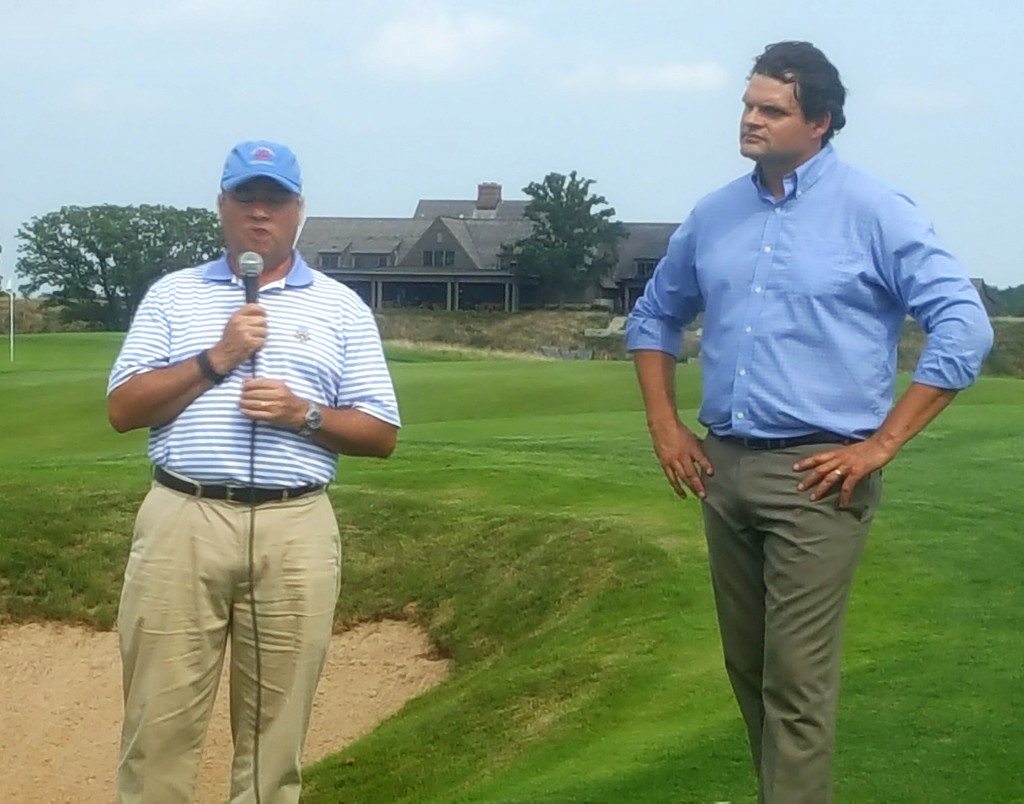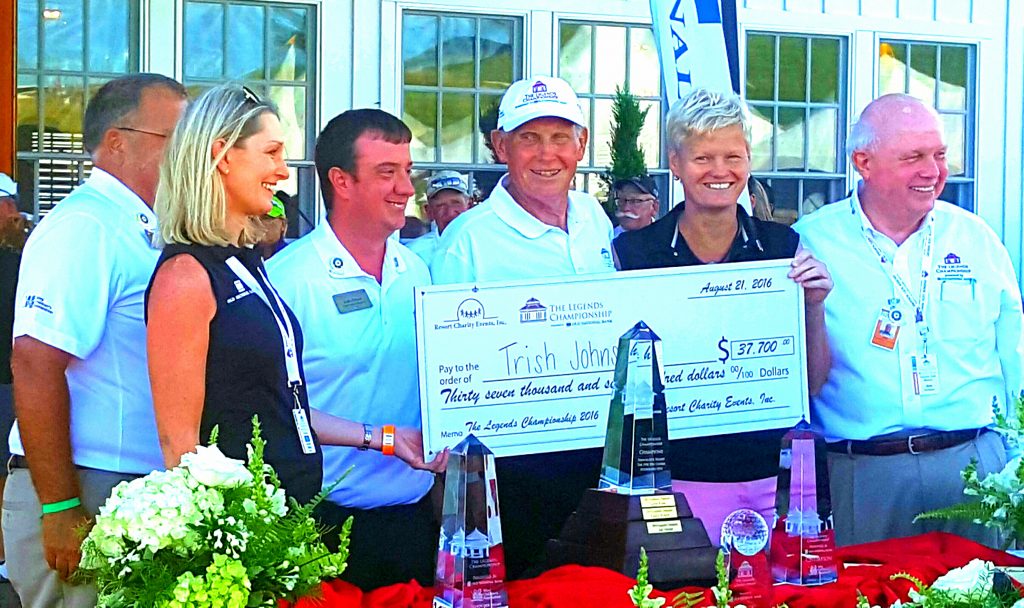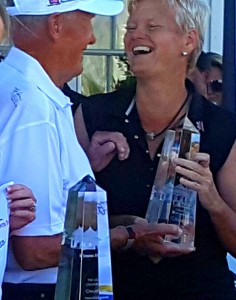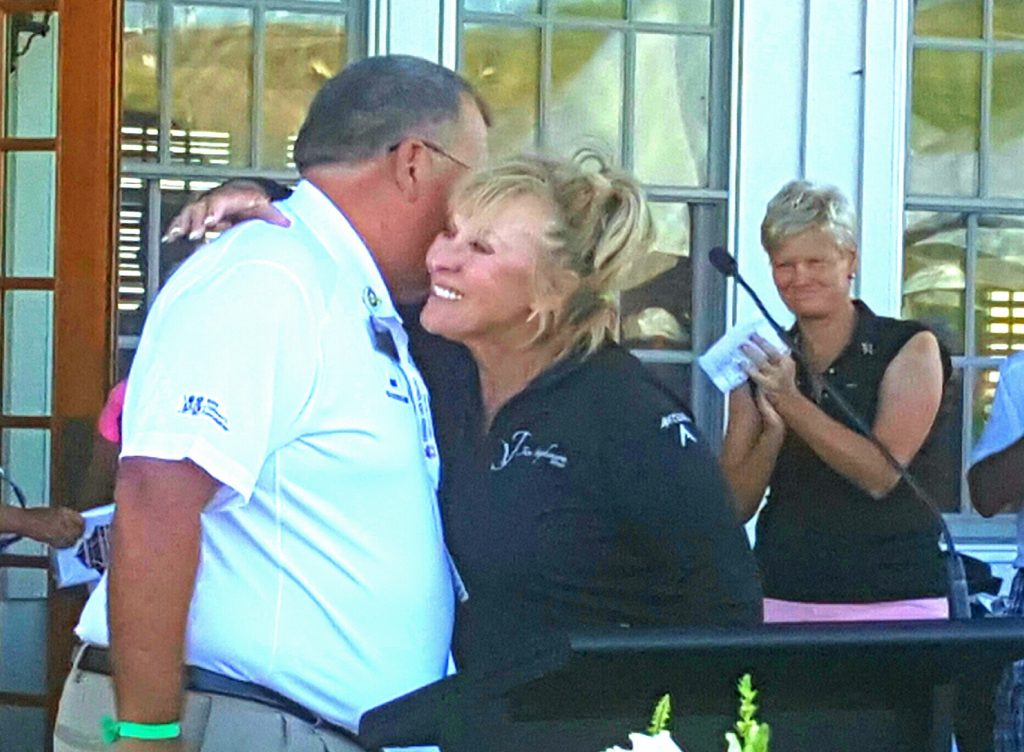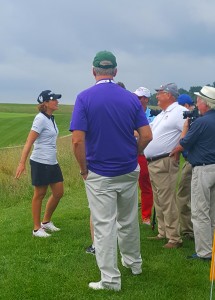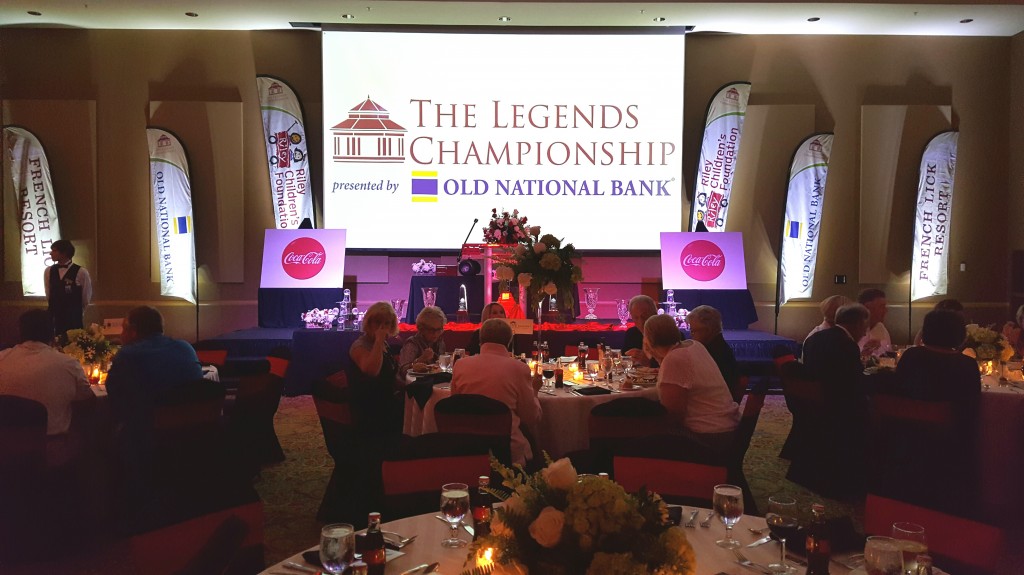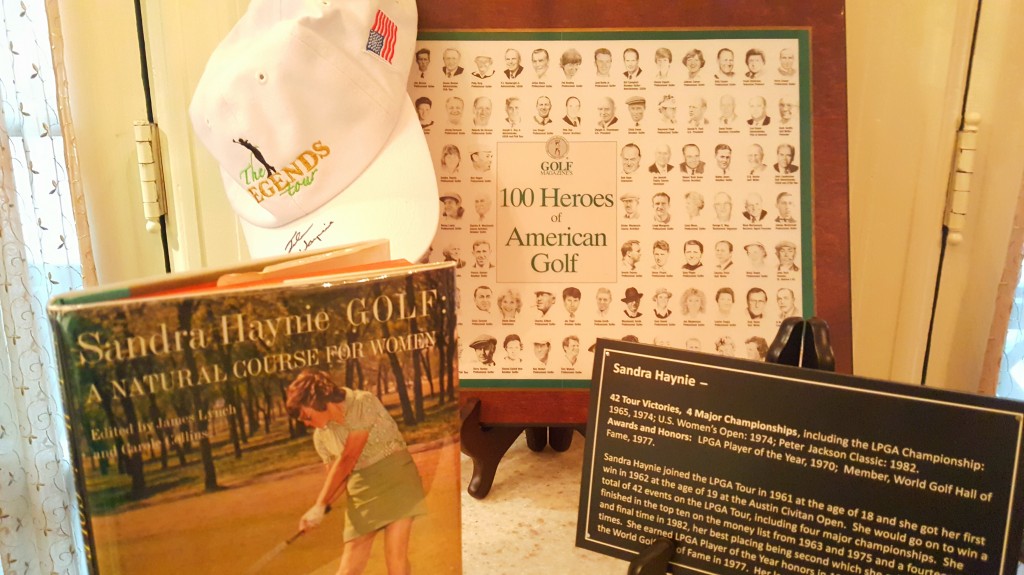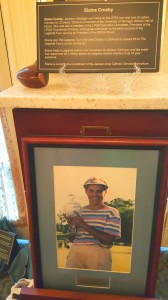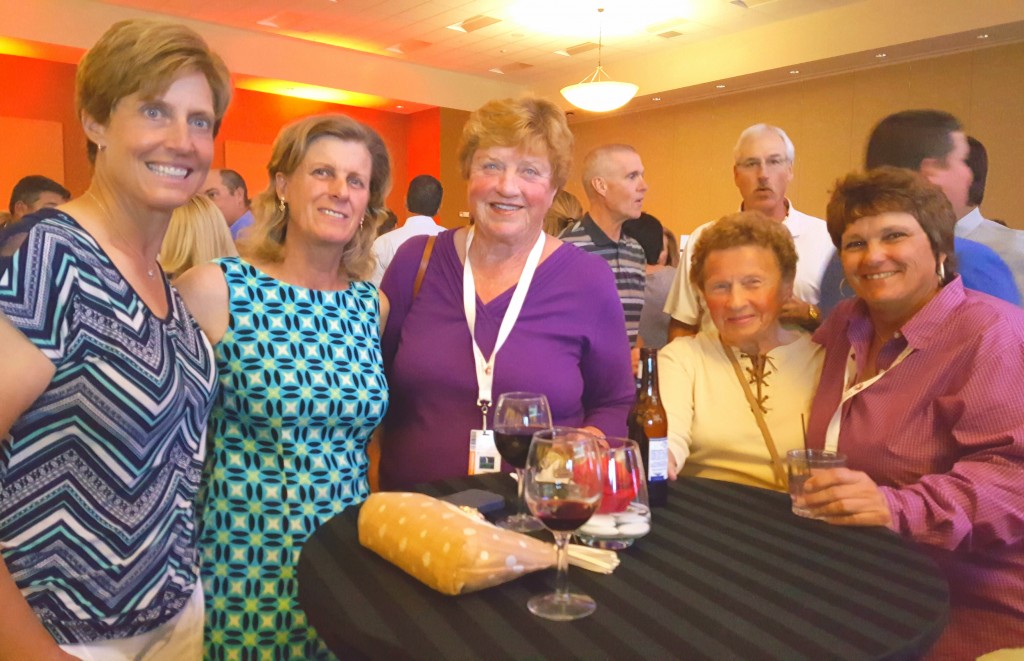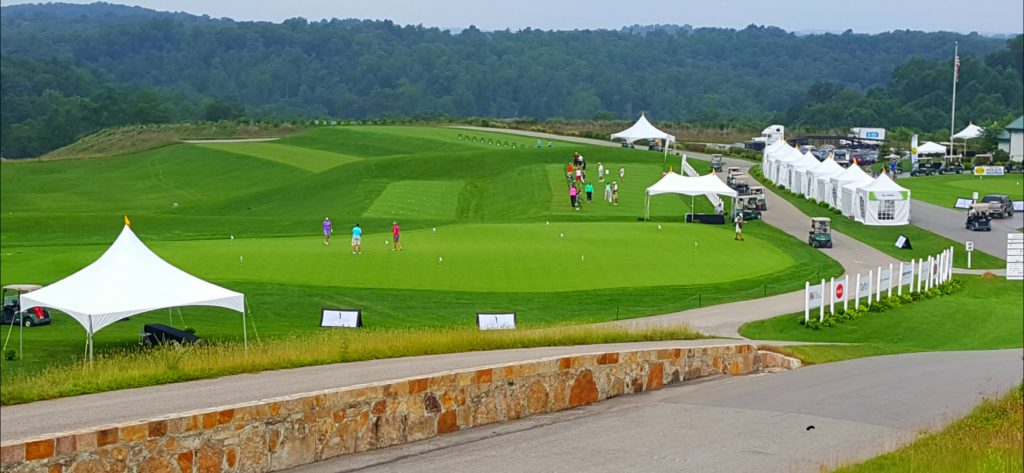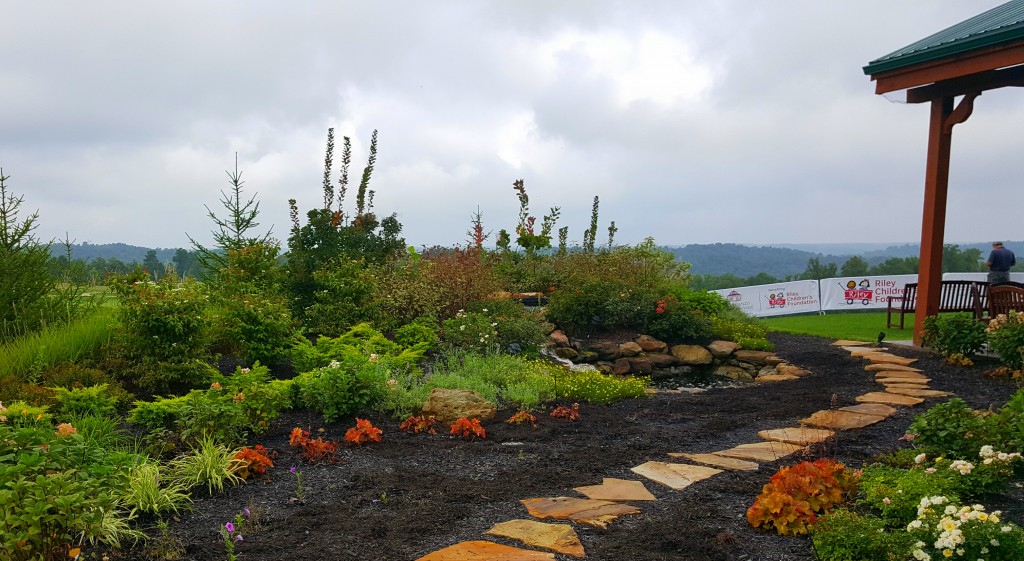So, you’ve been lucky enough to wangle tickets to the 41st Ryder Cup at Hazeltine? Lucky you – and you might benefit still further by enjoying some of the courses on your way to and from Chaska, MN.
Chicago golfers have a couple options on how to drive to Hazeltine. You could drive along Lake Michigan, going through Kenosha and Milwaukee before heading west through the heart of Wisconsin. Or, you could journey through Illinois along Routes 90 and 94, going through Rockford and Madison. The golf options are better going through Rockford but, either way, there are good public-accessible courses along the way that comfortably affordable.
Here’s a guide to playing possibilities. Their proximity to the highways leading to Hazeltine were a high priority in their selection.
VIA KENOSHA AND MILWAUKEE
A good first stop could be Ives Grove, a 27-hole facility in Sturtevant, just over the Illinois line. It’s got an abundance of bunkers (110, to be exact), but walking is allowed and the course is affordable. Even at weekend prime time for riders the fee is under $50. And, if for some reason Ives Grove doesn’t work out, there’s nearby Browns Lake in Burlington, which has been around since 1921. Both are managed by H&H Fairways.
INFO: hhfairway.com, brownslakegc.com or ivesgrovegl.com.
The second stop was chosen for location more than anything else. Brookfield Hills, in Brookfield, is 15 miles west of Milwaukee and it couldn’t be any closer to I-94. The course touches the east-bound lanes of the interstate. This family-owned course has been open since 1971 but it’s not a full-length layout. A par 62, it measures only 4,926 yards but there’s still some challenging holes.
INFO: brookfieldhillsgolf.com.
A suggested third stop is much different than the first two. Lake Mills has been challenging golfers for 85 years. Located on Main Street in the town of the same name, Lake Mills is a 6,745-yard par-72 layout with a busy dining spot, Mulligan’s on the Green. It’s 28 miles from the golfing hotbed of Madison.
INFO: lakemillsgolfclub.com.
You can’t get through the Madison area without finding a good course close to your route. Lake Windsor, in Windsor, is a 6,390-yard, par-72 layout that opened in 1961 and has been famly-owned since 2005. It’s supplemented by an impressive clubhouse that provides full service dining.
INFO: lakewindsor.com.
As is the case while cruising through Madison, you won’t have any trouble finding a good course in the Wisconsin Dells area. Probably the best known is Trappers Turn, which is blessed with 27 holes (the Arbor, Canyon and Lake nines) all jointly designed by two-time U.S. Open champion Andy North and Roger Packard. It’s one of the top golf facilities in the Badger State.
INFO: TrappersTurn.com.
Stillwater, MN., just over the Wisconsin line, is a three-hour drive from the Dells and it features StoneRidge, one of the best public courses in Minnesota. It’s a links-style Bobby Weed design that opened to the public in 2000.
INFO: stoneridgegc.com.
VIA ROCKFORD AND MADISON.
You don’t even leave Illinois before hitting Aldeen, in Rockford. It’s one of the best public courses in the state and hosted the Illinois State Amateur in 2013. The course, designed by Dick Nugent, is celebrating its 25th anniversary. Measuring 7,131 yards from the tips, it’s a real test for even the best players.
INFO: aldeengolfclub.com.
Barely an hour’s drive from Rockford along Rt. 90 is Madison, home to a wide range of quality layouts. None are better than University Ridge, which is on the edge of both Madison and the town of Verona. A Robert Trent Jones Jr. design that opened in 1991, it’s the home course for both the men’s and women’s teams of the University of Wisconsin and this year it became a Champions Tour site when host Steve Stricker brought the American Family Insurance Championship there in June.
INFO: universityridge.com.
On to the Wisconsin Dells and another great layout – Wild Rock. It’s connected to the Wilderness Resort, which means there’s some stay and play options available. Wild Rock was designed by Michael Hurdzan and Dana Fry, the same architectural team that designed another Wisconsin course, Erin Hills. That layout will host the U.S. Open in 2017.
INFO: wildrockgolf.com.
Golf options dwindle after leaving the Dells, but Routes 90 and 94 split at the town of Tomah, and that’s a good stop-off point because the Hiawatha Golf Club is locate there. It’s a good gathering place for the local golf enthusiasts with its 6,550-yard course, the front nine of which was built in 1959 and the back in 1994.
INFO: golfhiawatha.com.
Hudson is the last town in Wisconsin before you enter Minnesota and it has a course well worth checking out. Troy Burne is a Tom Lehman Signature Design. Lehman will be one of the assistants for U.S. captain Davis Love III at the Ryder Cup. Troy Burne features 120 bunkers and is known for its consistently fine conditioning.
INFO: troyburne.com.
Cross into Minnesota and more good courses are available. One of the best is Prestwick, in Woodbury. At 6,876 yards from the back tees with large undulating greens and many elevated tees, this layout is made for the serious player.
INFO: Prestwick.com.
These courses were chosen in large part because of their proximity to the route to Hazeltine. If you have time to stray a bit from that route there’s many great courses available to you – especially in Wisconsin. Among them are Brown Deer, in Milwaukee; Hawks Landing, Madison; Glen Erin, Janesville; Lawsonia, Green Lake; Morningstar, Waukesha; Sentry World, Stevens Point; Caste Course at Northern Bay, Arkdale; and Oaks, Cottage Grove.
INFO: Check out the Wisconsin Golf Trail, golfwisconsin.com.


